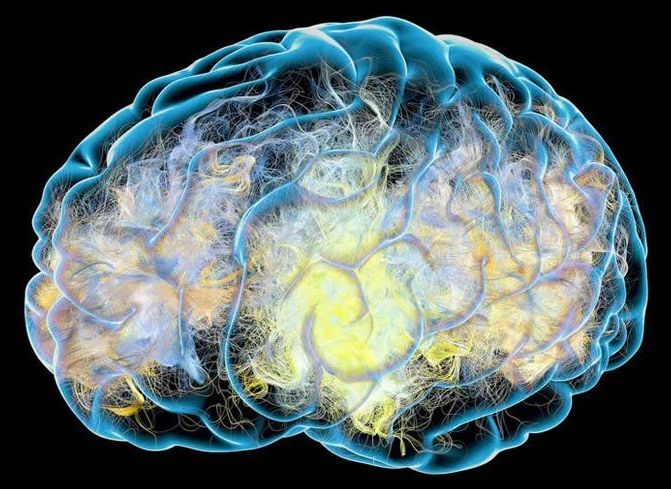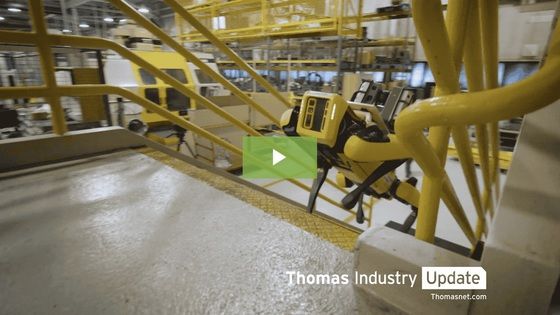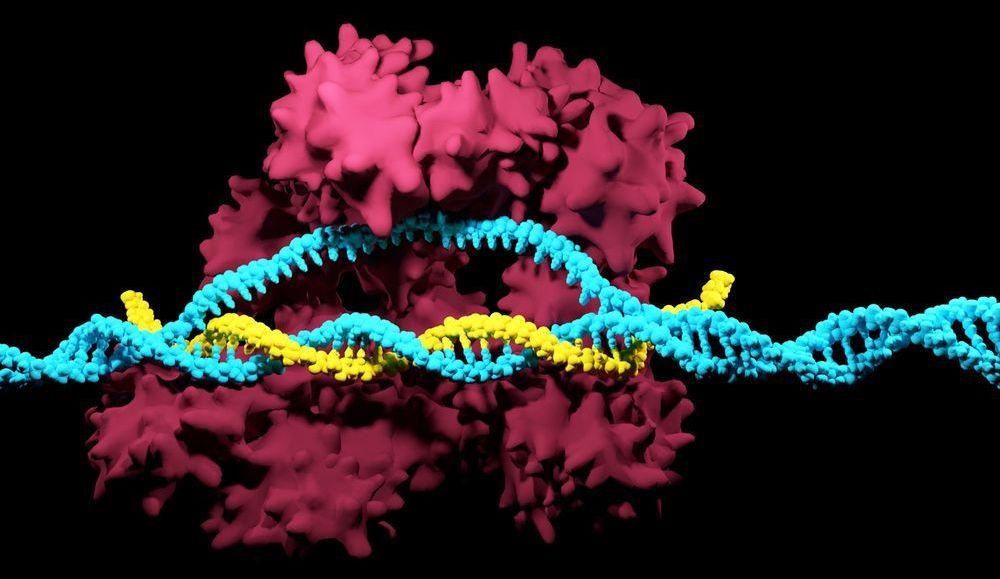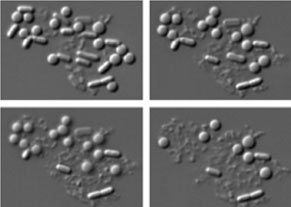Astronomers have applied artificial intelligence (AI) to ultra-wide field-of-view images of the distant Universe captured by the Subaru Telescope, and have achieved a very high accuracy for finding and classifying spiral galaxies in those images. This technique, in combination with citizen science, is expected to yield further discoveries in the future.
A research group, consisting of astronomers mainly from the National Astronomical Observatory of Japan (NAOJ), applied a deep-learning technique, a type of AI, to classify galaxies in a large dataset of images obtained with the Subaru Telescope. Thanks to its high sensitivity, as many as 560,000 galaxies have been detected in the images. It would be extremely difficult to visually process this large number of galaxies one by one with human eyes for morphological classification. The AI enabled the team to perform the processing without human intervention.






